EINP Invasive Plant Species Look-Alikes Quiz
1/13
There's no tags or description
Looks like no tags are added yet.
Name | Mastery | Learn | Test | Matching | Spaced |
|---|
No study sessions yet.
14 Terms
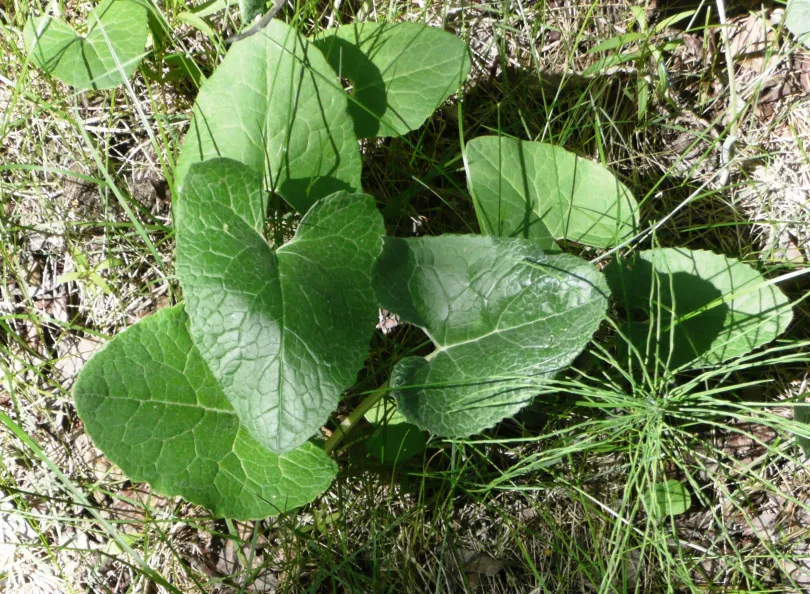
Is this plant invasive or native?
Native, this is arrow-leaved coltsfoot! It’s invasive look-alike is great burdock.
Top photo: arrow-leaved coltsfoot (native):
Leaves: Arrow-shaped
Flowers: Small, white
Bottom photo: great burdock (invasive):
Leaves: Heart-shaped and wavy
Flowers: Purple-pink with burrs


Which plant is invasive and what is it called?
The bottom photo is invasive—it’s creeping bellflower! Its native look-alike is native bluebells.
Top photo: bluebells (native):
Leaves: heart-shaped basal leaves and long, narrow leaves on the flowering stem
Flowers: only 1-3 flowers per stem
Bottom photo: creeping bellflower (invasive):
Leaves: heart-shaped
Flowers: dense on one side of the stem
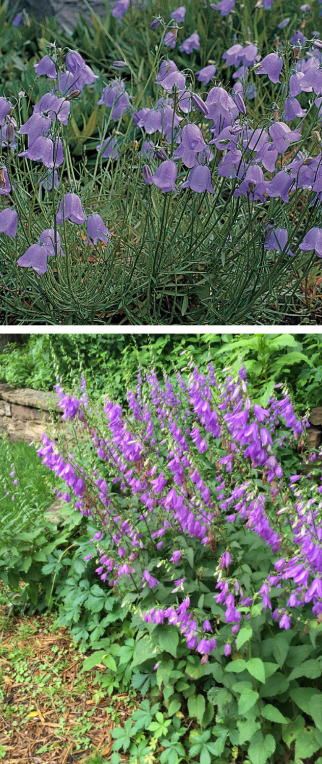
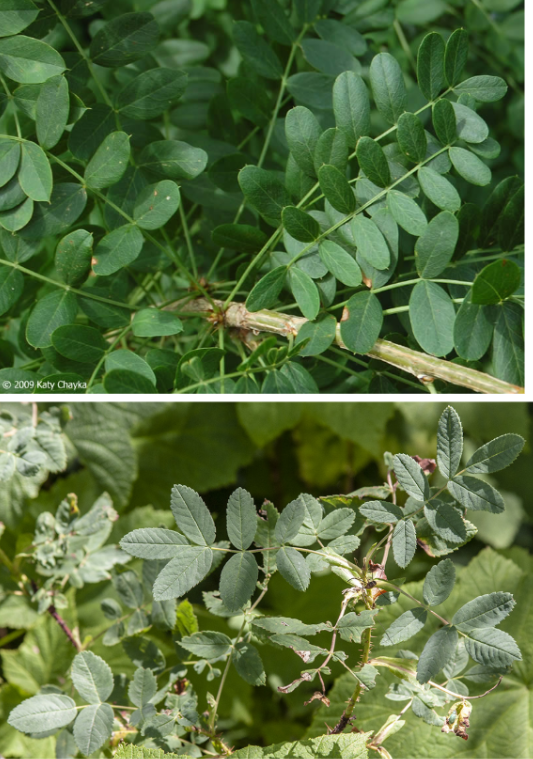
Which plant is invasive and what is it called?
The top photo is invasive—it’s caragana! Its native look-alike is prickly rose.
Top photo: caragana (invasive):
Leaves: entire margin
Flowers: yellow
Stem: small spines
Bottom photo: prickly rose (native):
Leaves: serrate margins
Flowers: pink
Stem: thorns
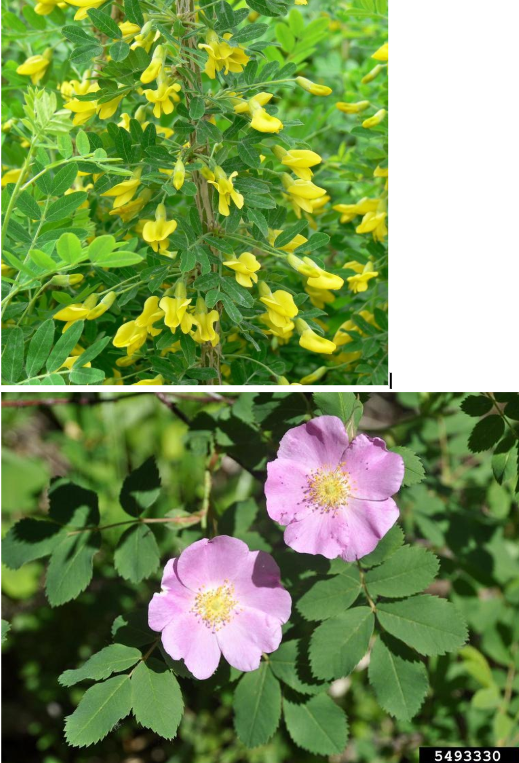
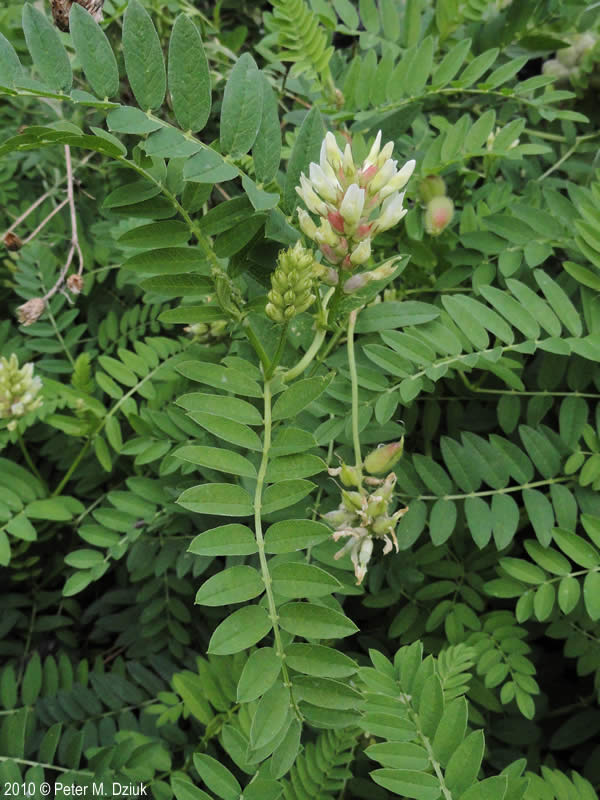
Is this plant invasive and what is it called?
Yes, this plant is invasive—it’s cicer milkvetch! Its native look-alike is American vetch.
Top photo: cicer milkvetch (invasive):
Flowers: cream/yellow
Tendrils: no
Bottom photo: prickly rose (native):
Flowers: purple
Tendrils: yes

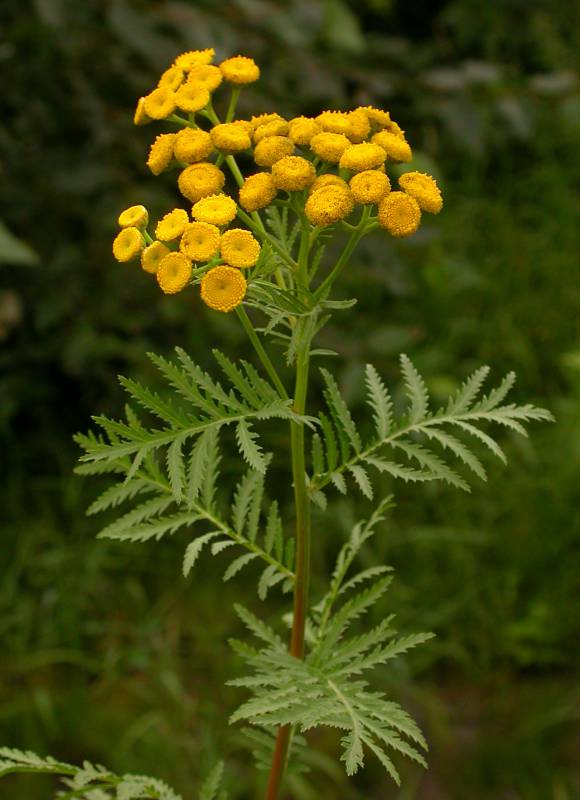
Is this plant invasive and what is it called?
Yes, this plant is invasive—it’s common tansy! Its native look-alike is dune tansy
Top photo: common tansy (invasive):
Leaves: “lace-like”
Height: up to 1.5 m
Bottom photo: dune tansy (native):
Leaves: “feathery”
Height: 20-60 cm

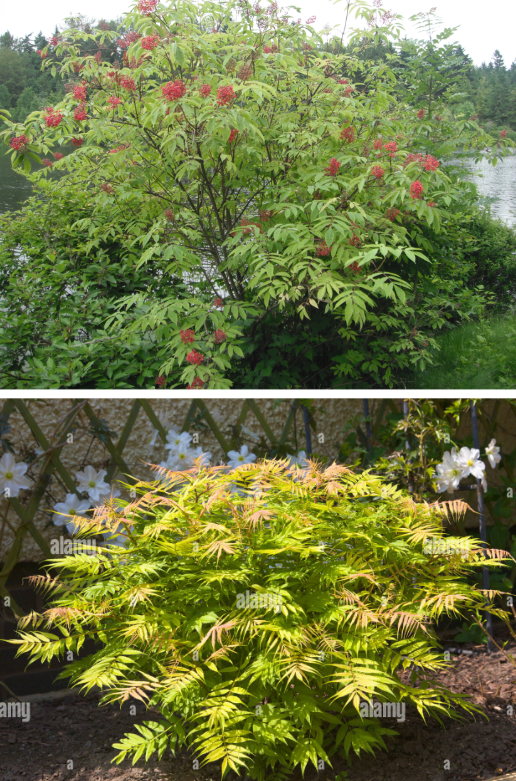
Which plant is invasive and what is it called?
The bottom photo is invasive—it’s false spirea! It’s native look-alike is red elderberry.
Top photo: red elderberry (native):
Berries: yes, red
Bottom photo: false spirea (invasive):
Berries: no


Which picture is reed canary grass?
The left picture is reed canary grass! It’s native look-alike is Canada bluejoint.
Top photo: reed canary grass (invasive):
Leaves: up to 20 mm wide
Bottom photo: Canada bluejoint (native):
Leaves: up to 10 mm wide
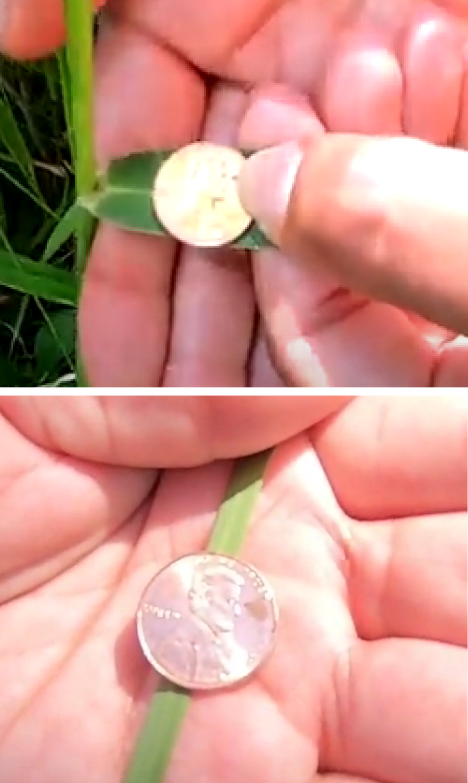
What are some key distinguishing features of the leafy spurge?
The leafy spurge is a unique plant! 2 heart-shaped leafy bracts surround clusters of yellow-green flowers that lack both petals and sepals. The leaves form an alternate arrangement. The leaves themselves are oblong, narrow, waxy and attach directly onto the stem. If cut, they release a poisonous milky sap known as latex.
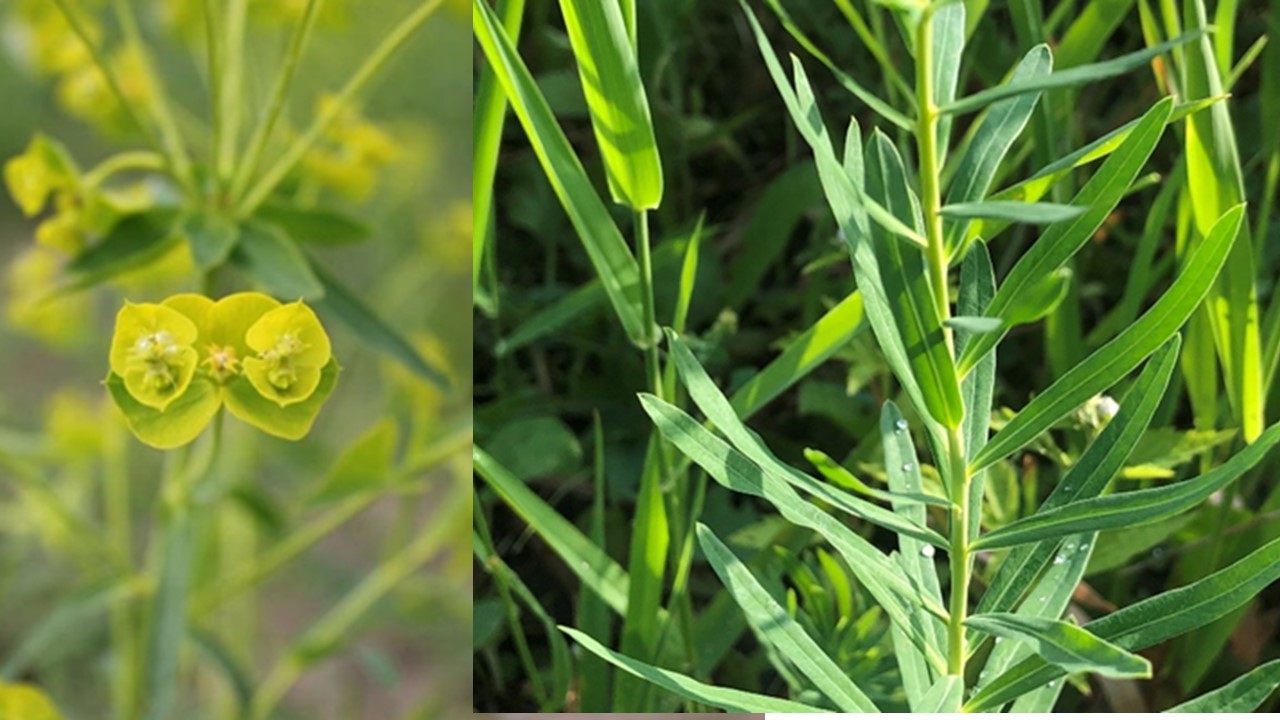
While the oxeye daisy could be confused with the scentless chamomile, it has no clear native lookalikes… What features distinguish the oxeye daisy from the scentless chamomile?
In the oxeye daisy, the lower leaves are spoon-shaped with lobed or toothed edges and long leaf stalks; upper leaves are alternate, narrow and clasp the stem. However, the scentless chamomile, the leaves are alternate, very finely divided (carrot-like) and highly branched.
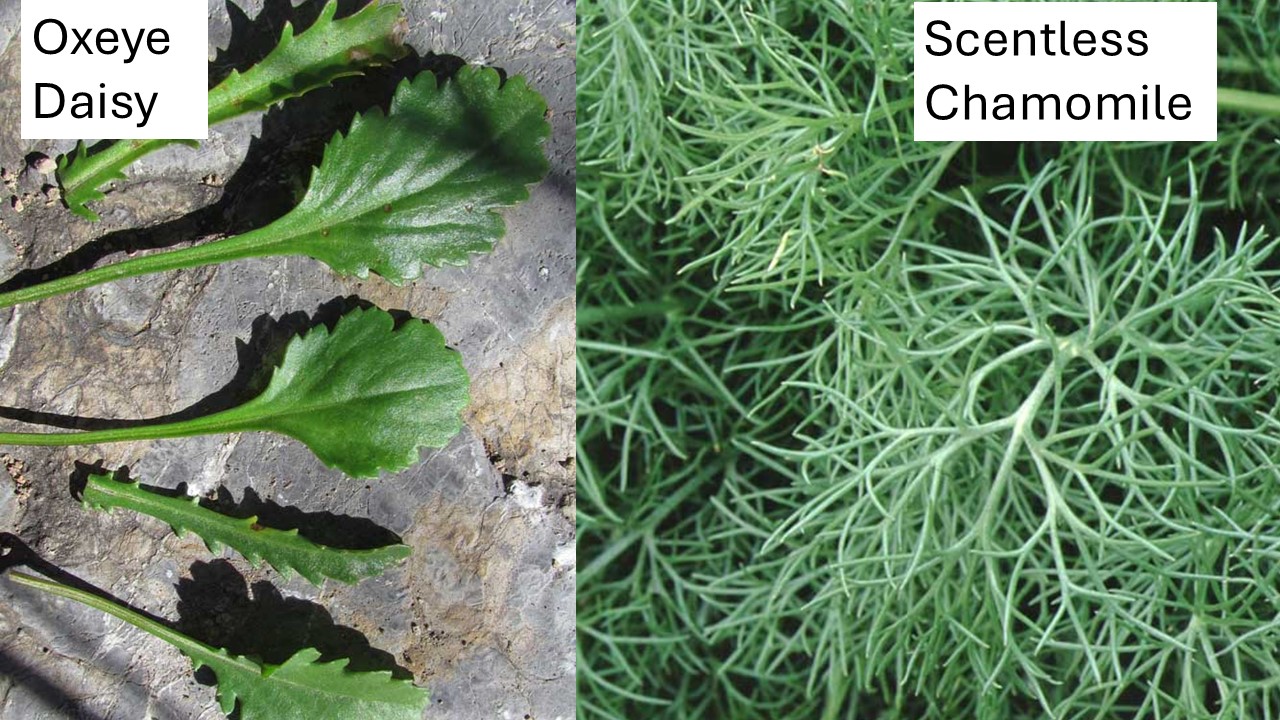
Which plant is invasive?
tall buttercup vs yellow avens (geum allepicum)